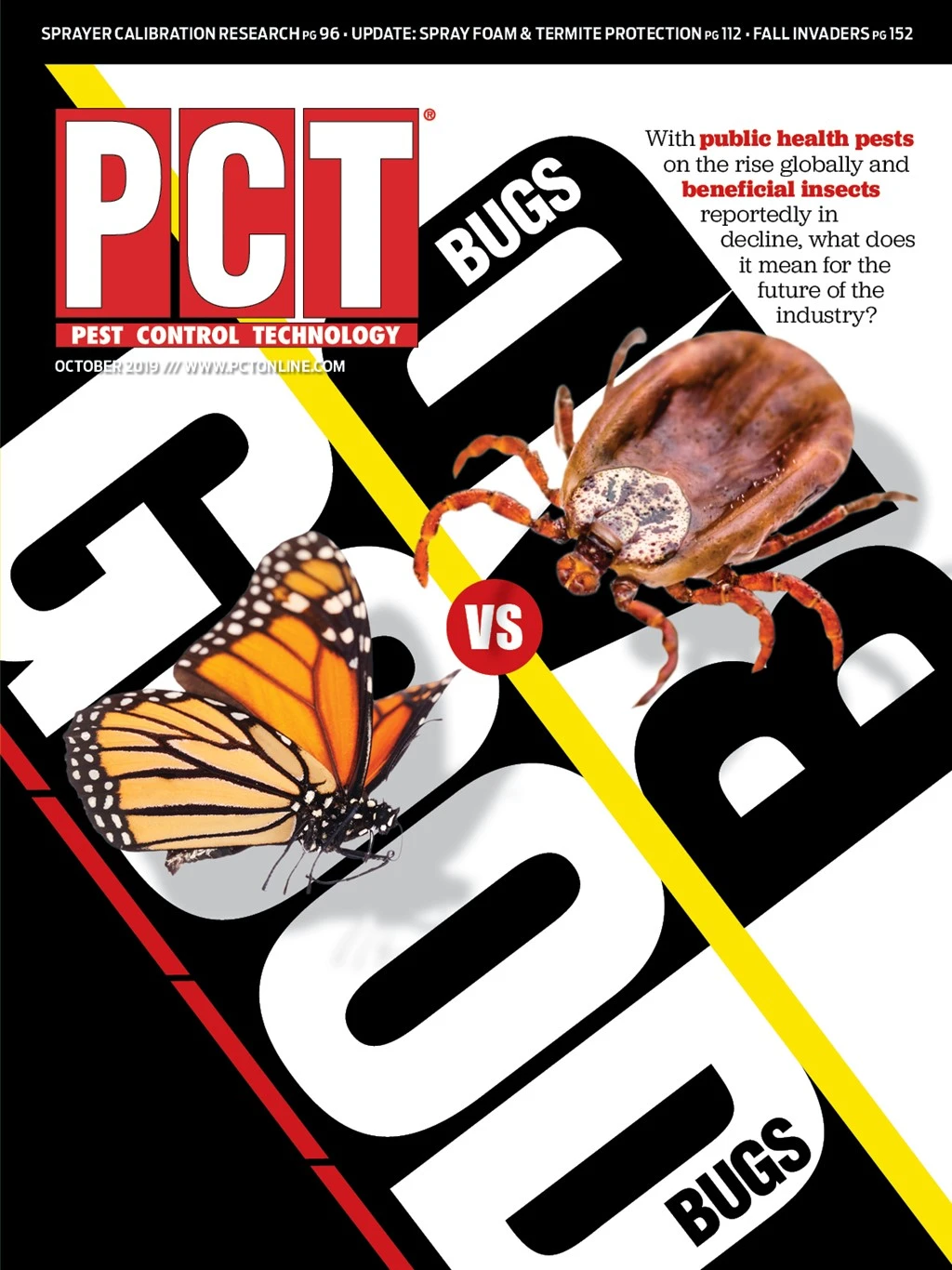
Middle school science teachers have a new tool from the University of Florida, Gainesville, to teach students about pollinators and the role they play in producing food.
Nicole Pinson and Alicia Lamborn, horticulture agents with the UF Institute of Food and Agricultural Sciences Extension in Hillsborough and Baker counties, respectively, helped develop the new curriculum called “Pollinator Power.”
“Teaching youth about pollinators is important so they may develop an understanding of and appreciation for the link between pollinators and the food we eat,” Pinson said. “Some of our favorite foods — such as watermelon and blueberries — come from pollinated plants. Without pollinators, the food we eat would be limited.”
The curriculum contains three lesson plans and a variety of activities to introduce students to pollinators in fun, interactive ways.
“The thinking behind the activities is to engage students in several ways: inside the classroom through computer-based, online learning; outside the classroom in natural areas; and through relevant, real-world inquiry,” Pinson explained.
The curriculum includes a Pollinator Power Safari Kit, which contains bug jars, a butterfly net, magnifier, and insect and flower rubbing plates. With these supplies, students can scout a garden or landscape for pollinator insects and animals. In another activity, students get to “Be the Bee” by hand-pollinating squash or zucchini flowers.
For teachers, the curriculum is a one-stop shop for teaching pollinator science, Pinson said. “With content and resources already compiled for teachers and students, it saves teachers time researching and planning the lesson,” she said. “Educators will appreciate the curriculum’s easy-to-follow layout, which includes learning objectives, time frames for activities, references and online resources, and optional items to supplement teaching that are available for purchase or online.”
While the lessons were designed to mirror topics taught in grades five through eight, teachers can adapt them for learners of other ages and even adults, Lamborn said.
With reports of declining pollinator populations, this curriculum is highly relevant to students today who want to know how to support pollinators, she added.
“For instance, one learning activity has the class construct a ‘bee hotel’ and set it up in a pollinator friendly part of the school,” said Lamborn. “This activity teaches students about solitary bees and wasps that nest in the kind of hollow spaces included in the hotel.”
For educators with students who are afraid of bees and wasps, the curriculum can help those students better appreciate these insects and to see them as beneficial, Lamborn said.
Sponsored Content
Lawn and Landscape Marketing on a Budget
Digital marketing can feel overwhelming when you’re working with a limited budget. Websites, SEO, social media, and paid ads can quickly add up, but you don’t need to do everything to see results. By focusing on cost-effective strategies, you can still make a big impact without overspending.
Sponsored Content
Lawn and Landscape Marketing on a Budget
Digital marketing can feel overwhelming when you’re working with a limited budget. Websites, SEO, social media, and paid ads can quickly add up, but you don’t need to do everything to see results. By focusing on cost-effective strategies, you can still make a big impact without overspending.
Sponsored Content
Lawn and Landscape Marketing on a Budget
Digital marketing can feel overwhelming when you’re working with a limited budget. Websites, SEO, social media, and paid ads can quickly add up, but you don’t need to do everything to see results. By focusing on cost-effective strategies, you can still make a big impact without overspending.
Sponsored Content
Lawn and Landscape Marketing on a Budget
Digital marketing can feel overwhelming when you’re working with a limited budget. Websites, SEO, social media, and paid ads can quickly add up, but you don’t need to do everything to see results. By focusing on cost-effective strategies, you can still make a big impact without overspending.
Sponsored Content
Lawn and Landscape Marketing on a Budget
Digital marketing can feel overwhelming when you’re working with a limited budget. Websites, SEO, social media, and paid ads can quickly add up, but you don’t need to do everything to see results. By focusing on cost-effective strategies, you can still make a big impact without overspending.
Sponsored Content
Lawn and Landscape Marketing on a Budget
Digital marketing can feel overwhelming when you’re working with a limited budget. Websites, SEO, social media, and paid ads can quickly add up, but you don’t need to do everything to see results. By focusing on cost-effective strategies, you can still make a big impact without overspending.
In Pinson’s experience, however, most youth enjoy learning about pollinator insects and animals, especially when they are able to identify them in the garden or schoolyard.
To order the Pollinator Power curriculum, visit the UF/IFAS Extension bookstore website. Source: Samantha Grenrock, UF/IFAS Communications
Get curated news on YOUR industry.
Enter your email to receive our newsletters.
Explore the October 2019 Issue
Check out more from this issue and find your next story to read.
Latest from Pest Control Technology
- Termatrac Introduces iTraker Pro
- All-American Pest Control Celebrates Employees at Annual Awards Ceremony
- NEPMA PestVets Unit Collects Food and Clothing Items for Veterans
- When Can a Site Be Declared 'Bed Bug-Free?'
- PestWorld East 2025 Program Announced
- Hygiene IQ Uses Smart Sensor Technology to Detect Rodents
- Rollins Acquires Saela Pest Control
- PCT Spotlights Leaders in Pest Management for Women’s History Month






